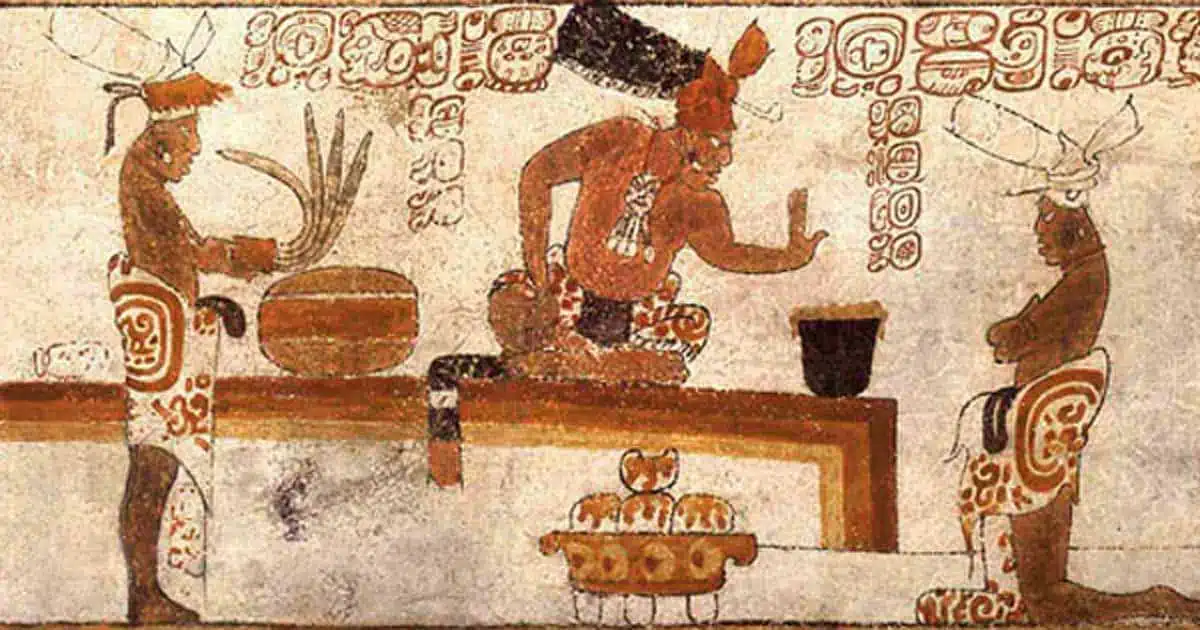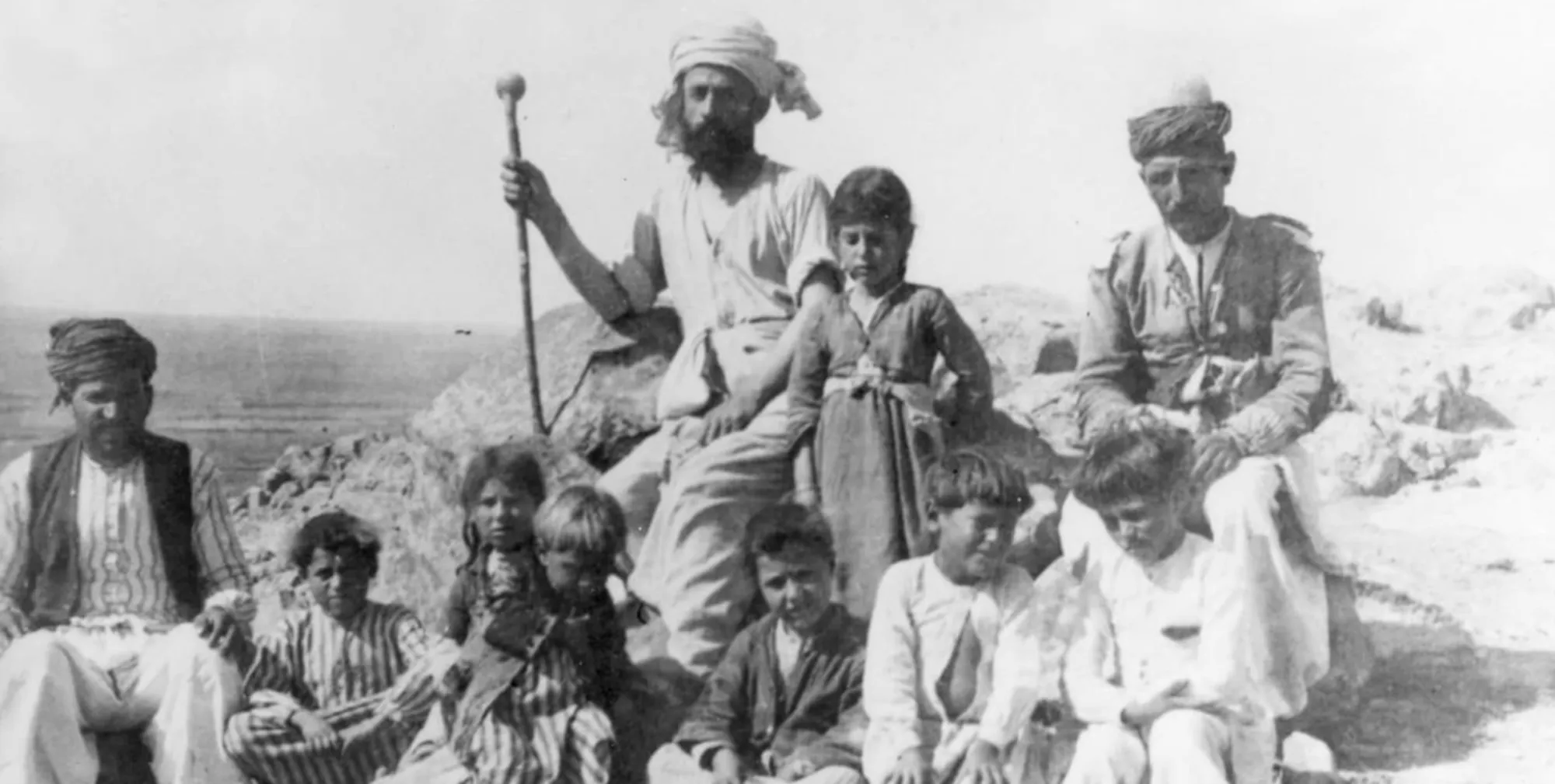Fijo, kaza, korason. For any of you with some proficiency in Spanish, some of these words may seem similar to their Spanish translations (Hijo – son, Casa – house and corazón – heart, respectively). These words are, in fact, from a language called Ladino, although the language has many names including Judeo-Spanish, Sefardi and Espanyol. According to Ethnologue, there are currently 130,000 Ladino speakers worldwide, however, the true number is widely debated.
While Ladino is a relatively minor language, it is spoken all across the world. However, the language originated in just one country: Spain. Jews arrived in Spain in Roman times and initially suffered oppression under the Visigoths (one of the last Barbarian tribes who moved to Western Europe after the fall of the Roman Empire at the closing of the 5th Century, ruling Spain for two centuries). Incidentally, the rule of the Visigoths is how many Germanicisms entered into the Spanish language such as suppa (soup) which developed into sopa in Spanish. After the Visigoths, the Jews were also persecuted under Arab rule (which gave Spanish words such as azúcar (sugar), and al-sukkar in Arabic). However, this is nothing compared to what took place on 30th March 1492, when Kind Fernando II and Queen Isabella I declared the Edict of the Expulsion of the Jews, giving the Jews exactly four months to either leave the country or convert to Catholicism.
Some Jews chose to remain in Spain, but many dispersed across Europe to Turkey, North Africa, the Balkans, France, the Netherlands and Portugal. However, Portugal had its inquisition in 1536 and expelled these Sephardic Jews (Sephardic coming from the Hebrew word for Spain, Sepharad). Ladino’s basic vocabulary is made up of 60% Spanish words, with the rest mostly coming from Turkey, Hebrew, Arab and Portuguese. The mass exodus of Jews was the first time the Spanish moved outside the peninsula and the language took specific root in the Ottoman Empire. Ladino was initially written in Hebrew and it started as almost indiscernible from Spanish when spoken. However, the two languages gradually grew apart and they gained notable differences. For example, as demonstrated with fijo and hijo (son) or fablar and hablar (to speak), Ladino kept the hard “f” sound at the start of words, whereas Spanish moved to use the “h”.
Unfortunately, at the turn of the 20th Century Ladino became an increasingly endangered language. This was especially due to the Holocaust and a decreasing desire among younger generations to adopt the language. However, Ladino has had something of a revival due to various factors, including online communities and Spain’s efforts to keep the language alive (perhaps due to their guilt of expelling the Jews five centuries earlier). This is evidenced by the creation of the Akademia Nasionala del Ladino (National Academy of Ladino) in Spain in 2019. However, there is one noteworthy difference between modern Ladino and that used before: it is now mostly written in the Latin alphabet rather than in Hebrew. Currently, Ladino is mostly spoken in Israel and there remains hope that the language can continue its resurgence.






